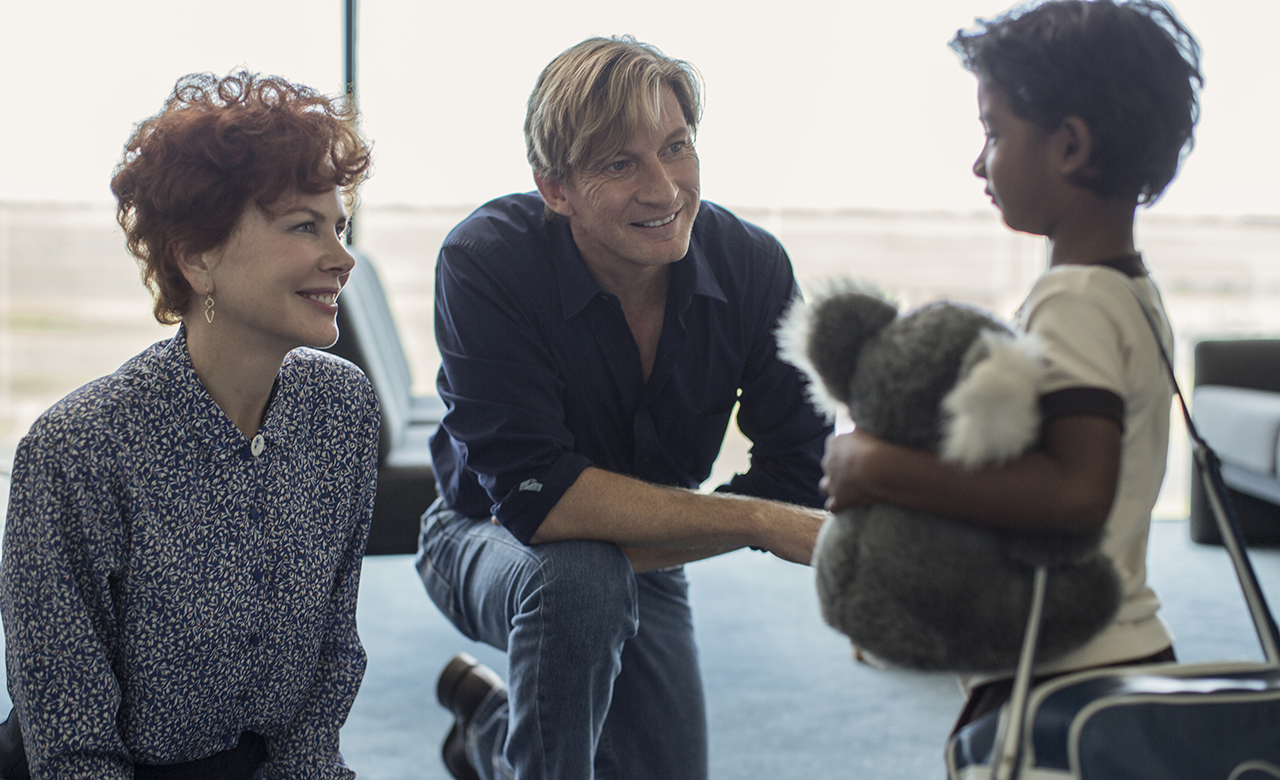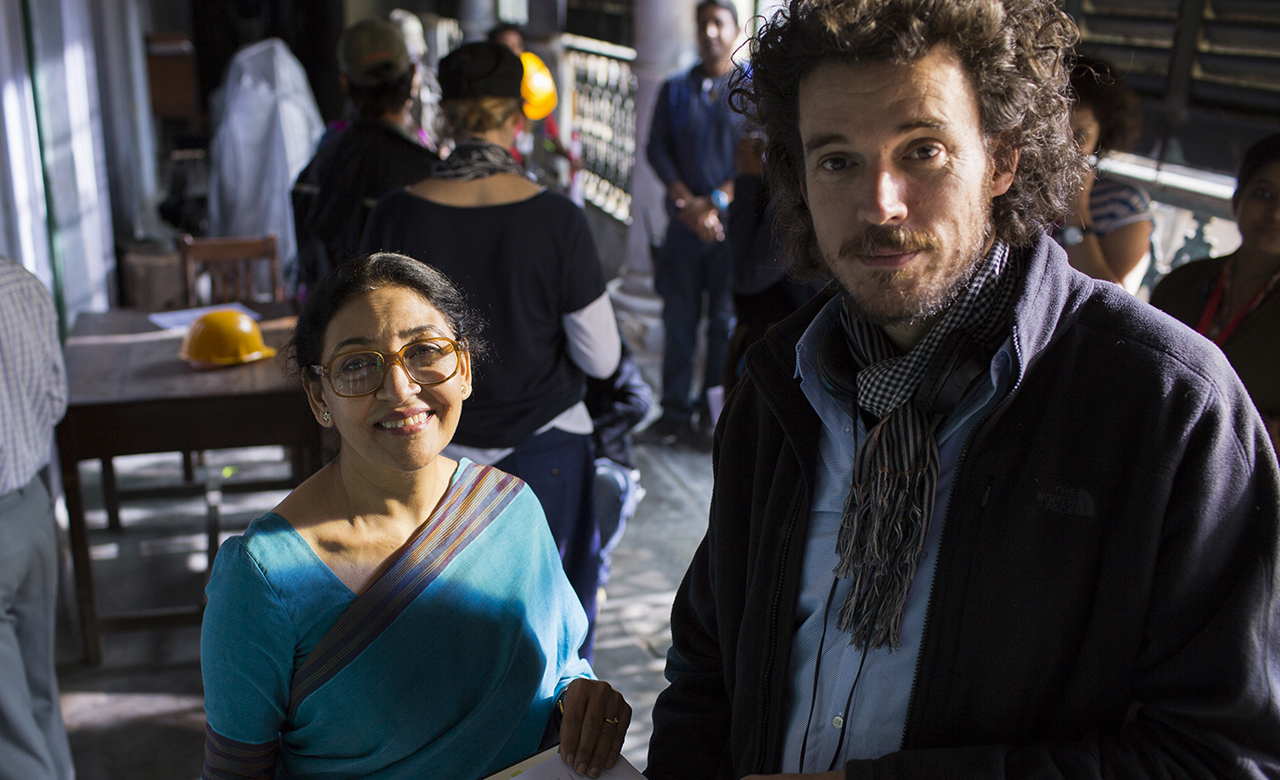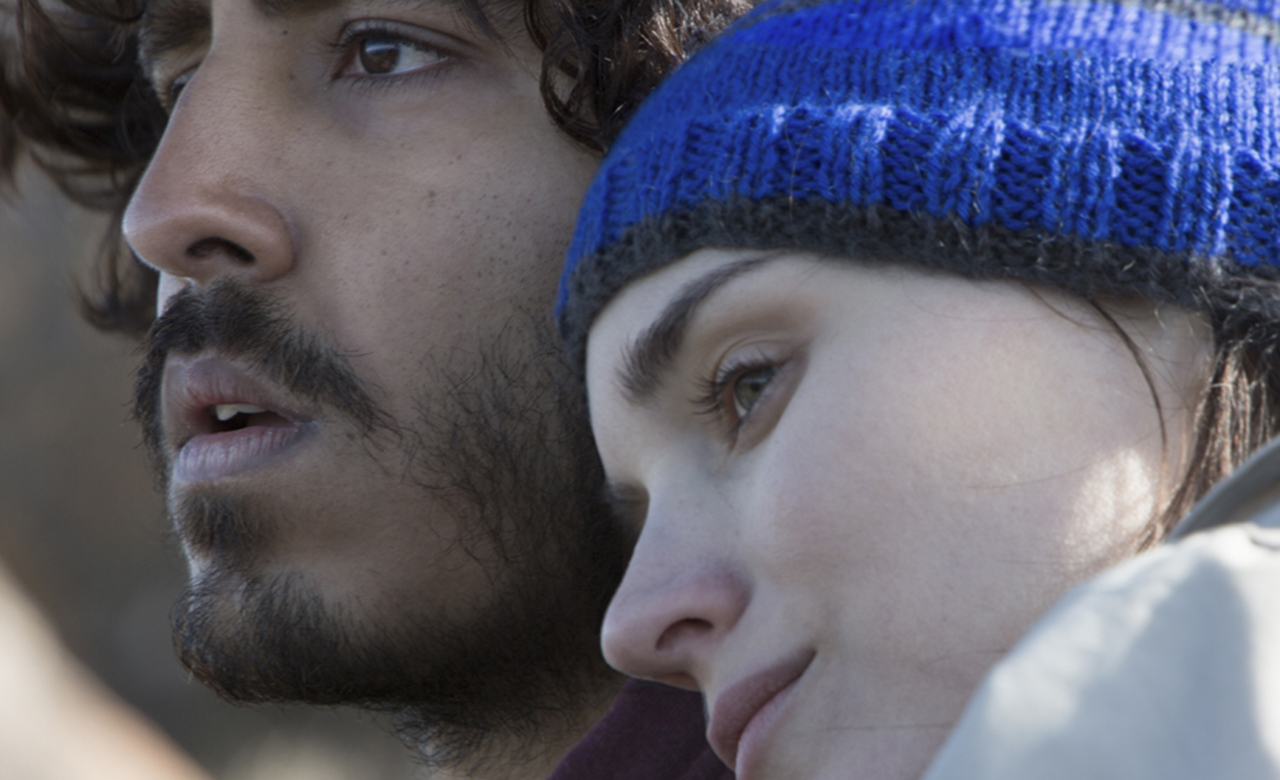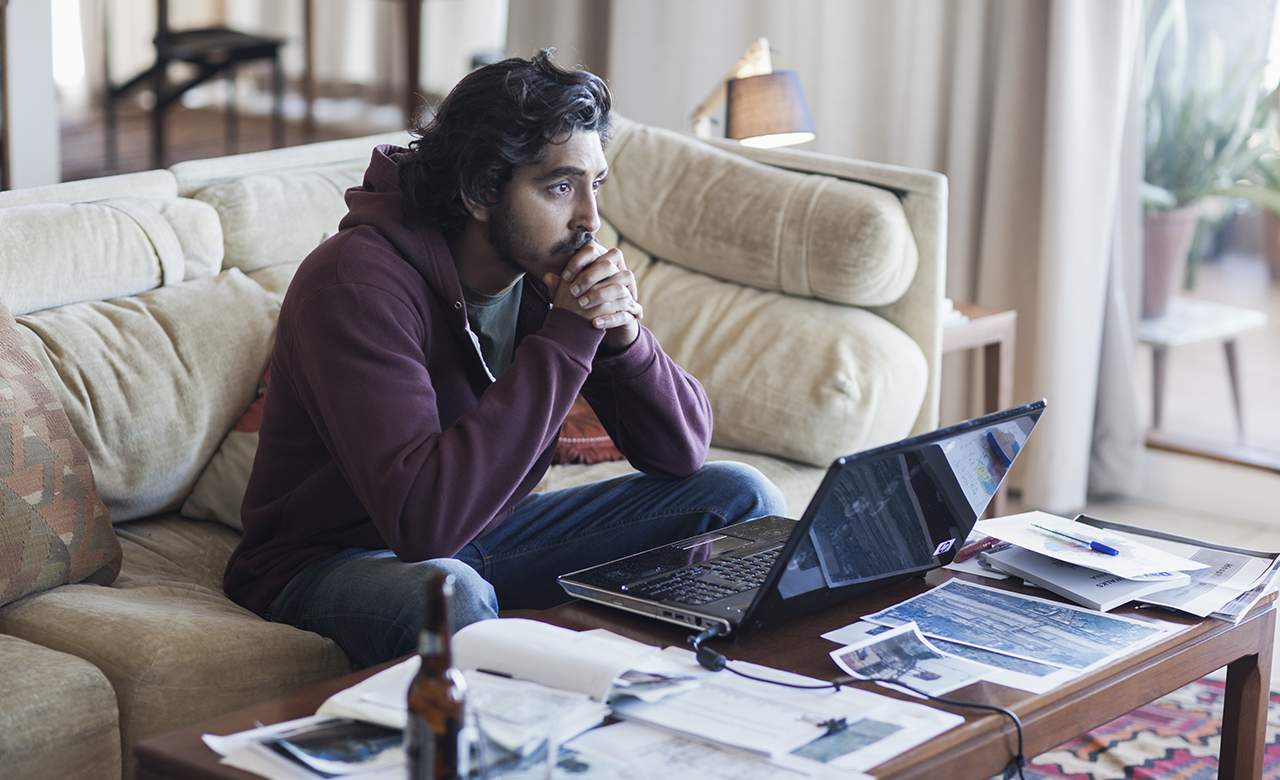How Lion Director Garth Davis Turned an Unbelievable True Tale into an Oscar Contender
Take an incredible story, a top-notch cast and a trip to India and add All The Feels.
When telling the tale of a five-year-old Indian boy separated from everyone and everything he knows (and the man who later tries to piece together his past), names are important. In Lion, Saroo Brierley is both the child and adult in question, with the movie recounting his real-life experiences trying to return to his mother Kamla and his brother Guddu, and then being adopted by Australians Sue and John Brierley. Newcomer Sunny Pawar and English actor Dev Patel play Saroo at different stages of his life, the latter with as spot-on an Australian accent as you're likely to hear. Nicole Kidman, David Wenham and Rooney Mara help round out the high-profile cast. Yes, there's names aplenty here.
One that's crucial in bringing Saroo's plight to the cinema — based on his memoir, and as covered by TV's 60 Minutes — is Garth Davis. In fact, expect to hear his name more often, particularly as Lion keeps receiving acclaim. Davis was recently nominated for two Directors Guild of America awards, while the film snagged six Oscar nods, including for Best Picture, Best Supporting Actor (Patel) and Best Supporting Actress (Kidman). Plus, his next movie is certain to attract even more interest: reuniting with Mara, and also starring Joaquin Phoenix, Chiwetel Ejiofor and Aussie Ryan Corr, you'll instantly know the story at the centre of Mary Magdalene.
For a first-time filmmaker previously best known for co-directing the first season of Top of the Lake with Jane Campion, it has been quite the journey to becoming one of the hottest names in Australian cinema. With Lion making its way to local screens, we chatted with Davis about taking on such a powerful story, finding excellent leads and how travelling to India to follow in Saroo's footsteps shaped the movie.

ON TAKING ON SAROO'S STORY
"The story itself is just an extraordinary tale. It is hard to believe it is true. And you read this story, and you can't help but be moved by it. I mean, it's incredible. But I could also sense something moving under the story, that was quite spiritual and quite special, and I think that's what really lured me into making the film.
And when I started to meet the real-life people in the story, like Sue and Saroo and all his Indian family, I realised that there was such an immense love that all the characters held — and I suddenly realised it was this love that I think engineered the miracle that the story has."

ON DOING JUSTICE TO SUCH A POWERFUL TRUE TALE
"There's a big responsibility in telling a true story. So all you can do really is spend time with everybody and try to understand their stories as deeply and emotionally as possible. So that's what I did — I basically almost immediately went to India, coincidentally at the time that Sue was meeting Saroo's birth mother Kamla. It was such an incredible meeting, so I just tried to immerse myself in their lives as much as possible, hear their stories, hear them talk about things.
I think that's a really important process to go through so you can kind of dimensionalise their story. Because a lot of people take their story, and it makes a great article or a great paragraph or a great conversation — but to turn it into a movie, you've got to go a lot deeper. And you need to really get behind it to understand it."

ON HOW TRAVELLING TO INDIA AND FOLLOWING IN SAROO'S FOOTSTEPS HELPED SHAPE THE FILM
"It's very simple. It's very subtle and kind of existential. Things like, for me, when I stand in that village, I try to imagine myself as a child: where would I play? What would my world feel like? What are the sounds? What's the nature like? I go wandering off into the paddocks. I spent a lot of time just sitting at the dam, the dam that is featured in the film and in the story, just watching a new generation of children. Seeing how they play, how the women do the washing, seeing the trains passing by.
So I just immersed myself in that world, as a director and as an artist. And then carrying that through, like when I got to Kolkata, I didn't quite realise how powerful that was. Like imagining my kids — because I've got three kids — imagining them just being dropped off in this chaotic planet, it's like another planet really. And just trying to imagine how they'd survive. Again, I would be in Saroo's shoes, just going, "okay where would I stay? What would I do?" and I'd walk around, and eventually I stumbled across real homeless children sleeping out in the subways and in some of those forgotten paddocks that sit across the way from the train station, and the reality of it really struck me — just how important and how powerful it was going to be as a film, and as an experience with an audience."

ON LION'S STRUCTURE, AND SPENDING THE FIRST HALF OF THE MOVIE FOCUSED ON A FIVE-YEAR-OLD
"It's not a story of a guy who starts to remember something. It's not that kind of story. He remembers everything — he's just lost, and he's never had any hope of finding home so he's had to move on and accept his fate. And find gratitude in what's happened to him ultimately, because he's survived all the perils. So it didn't seem like it was that kind of movie where he's remembering things and putting things together. I don't know, we just felt it was more powerful in that kind of snowball effect.
People can become very complacent with their own worlds, you know? I think I was very interested in that idea that anybody in the street could have an amazing story. So if the audience steps into the shoes of a young boy who they almost take on as their own because he's so beautiful — and the family, despite their poverty, are very loving — I think he's a very accessible character. And then you basically go on a journey with him. Then, suddenly you leap forward 20 years and he's like an everyday Aussie guy, and he's got a charm and he's got a great life, and he's just a really healthy, happy-go-lucky guy, but he's sitting on this enormous past that you wouldn't see until you scratch the surface. So I think that was kind of interesting for me."

ON FINDING THE RIGHT ACTORS TO PLAY SAROO
"We did an extensive casting. We cast in three cities, we went for about four to five months. We looked at thousands of children and we shortlisted that to a few hundred. It was a lot of hard work, and we stumbled across Sunny one day, in all of his glory and character. He was the one — it was a bullseye.
When you're dealing with someone so young, you need to make sure you cast someone who covers at least more than half of the characteristics of your character. So, in their natural state, in their natural being, you've kind of got Saroo. And then you can move from there. But it is very hard to have someone go against their nature for most of the movie, so we had to find someone who had a quality and a characteristic, and a light and a sense of instinct that matched Saroo. And little Sunny had all of that. And then we just had to basically encourage him and train him and teach him how to act, and how to feel safe in front of the camera, and learn some techniques. And eventually he started to do some full-blown acting — it was amazing.
Dev Patel is one of those rare people, very very rare people, if you get to meet him you'll never forget him. He's just a beautiful light, there's a light about him — and I felt that this movie is full of that. And so I think his spirit is wonderful, and also he was the best actor by far. So it was again an amazing combination of things. That's the reason why he's playing Saroo and the reason why he's so fantastic in the film."
Lion opened in Australian cinemas on January 19, 2017. Read our review.
Images: Mark Rogers.





